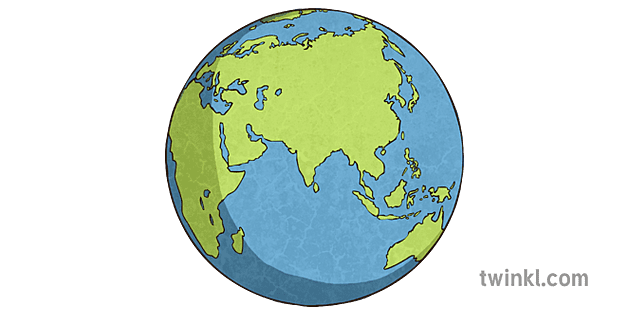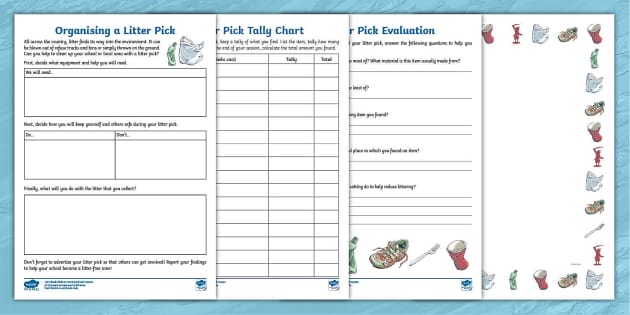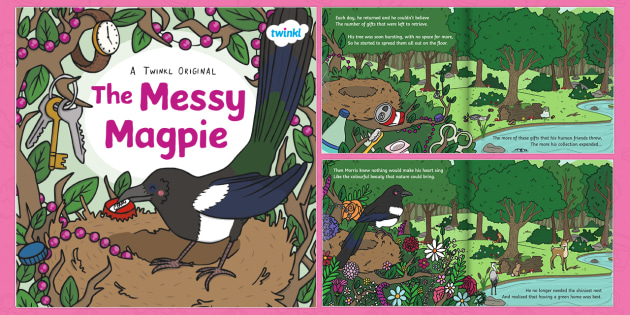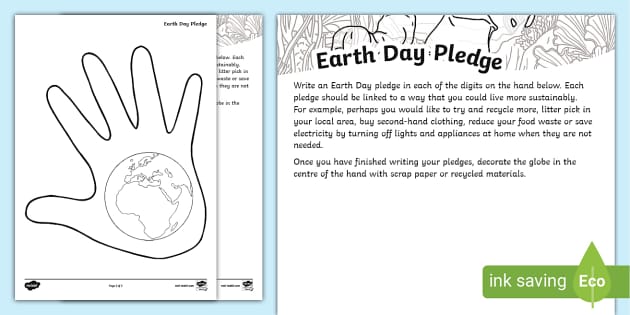



To start off with, what is Earth Day, and why does it take place?
Earth Day is an annual event that first began in 1970. This important day was created to raise awareness of environmental issues and to encourage people to take action.
The natural environment on our planet is under threat from many human causes, including deforestation, plastic pollution, the illegal wildlife trade and the impacts of climate change. That’s why Earth Day is a valuable opportunity to improve and restore the environments we live in and to make changes to reduce the amount of damage in the future.
Since the question of ‘what is Earth Day?’ is now behind us, let’s delve into the history of this important yearly event.
In 1969, the state of California in the USA suffered a big environmental disaster. The Santa Barbara oil spill leaked 3 million gallons of oil into the sea along the coast of California. The oil slick spread for a massive 35 miles. Heartbroken by what he had witnessed and troubled by the already existing problems, Senator Gaylord Nelson sprang to action.
At the time, he was a junior politician, but he was passionate about the environment. So, in 1970, with the help of activist Denis Hayes, he organised a nationwide day of protest.
Around 2,000 schools and universities across the country took part in peaceful ‘sit-ins’ and marches. The people who took part were mainly young people and college students.
These protests gathered so much media attention that Senator Nelson decided to put together a team and continue the movement. In the years that followed, it is thought that 10% of the American population were taking part in the events.
In 1990, Earth Day went global. 200 million people took part from 141 countries around the world. And, to this day, the event just keeps on growing.
By now, we’ve figured out the answer to ‘what is Earth Day?’, but when does it take place?
Earth Day takes place on the 22nd of April. It is an annual event that is celebrated on the same day each year.

We’ve looked into the history behind this event, and we’ve figured out ‘what is Earth Day?’, but how is it observed? As it turns out, there are plenty of ways to get involved and make a positive impact on the environment during Earth Day.
Over the years, Earth Day has taken on many forms. Now that it has become such a widespread global movement, the ways in which it is marked are very varied. These are just some of the ways in which people mark this special event:
In 2020, Earth Day reached its 50th anniversary. This also coincided with the global pandemic. But this didn’t stop Earth Day from spreading its message. Instead, the event took on a new form yet again. Live online events ran globally throughout the day, and it became one of the largest online observances in history.
As you can see, there are plenty of ways that Earth Day can be observed. So if you’re thinking of ideas for an Earth Day event or activity, then be sure to keep reading to see some of our suggestions below.
By now, you’ll no doubt be pretty knowledgeable about Earth Day and why it’s so important, but here are a few fun facts that you may not know:

We’ve explored ‘what is Earth Day?’, but why should children learn about, and take part in, this annual event?
For one thing, Earth Day is much more than just a day. The aim of the movement is to change the way people live in order to save the environment. What’s more, safeguarding the environment is also necessary for our own survival. Today’s children are the adults of the future, and unfortunately, they are the ones who may have to face the consequences if we don’t do something now. It is therefore important to teach children about their global responsibilities and show them ways in which they can help.
Getting them involved with Earth Day is a great way to start these conversations. It will engage them in the topic and hopefully inspire them to want to do more. For some children, hearing about environmental issues can be scary. And, if it's not taught carefully, it could leave them feeling worried and anxious. But, Earth Day is actually a great chance to show children that although there are issues facing the earth, millions of people are standing together to fix them.
This sense of being part of a bigger movement is a great experience for children. It will make them feel strong and hopeful about the situation, as opposed to frightened and worried. By empowering them, you can help ease their anxieties.
Whether your learners are wondering ‘what is Earth Day?’ or they’d like to get involved and make a difference, we have plenty of fantastic resources to support you. Our high-quality, teacher-made resources will help you teach children about the issues impacting our planet while inspiring them to make positive changes.
Take a look below to discover a range of great activities that you could try:


